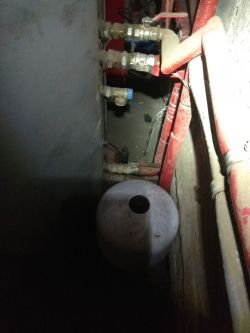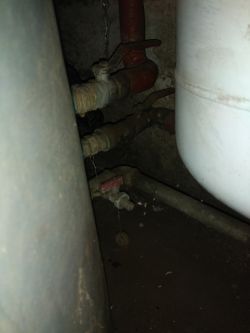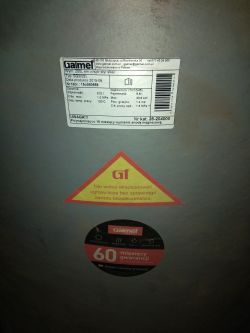Hello
I will start with the fact that I am a layman in the subject and I do not know anything about it, but to the point. I have a coal and wood stove, an open system with an overflow vessel. I keep dripping water from this blue-cap valve. Can anyone tell what the reason could be, or will replacing this valve solve the problem?

I will start with the fact that I am a layman in the subject and I do not know anything about it, but to the point. I have a coal and wood stove, an open system with an overflow vessel. I keep dripping water from this blue-cap valve. Can anyone tell what the reason could be, or will replacing this valve solve the problem?





